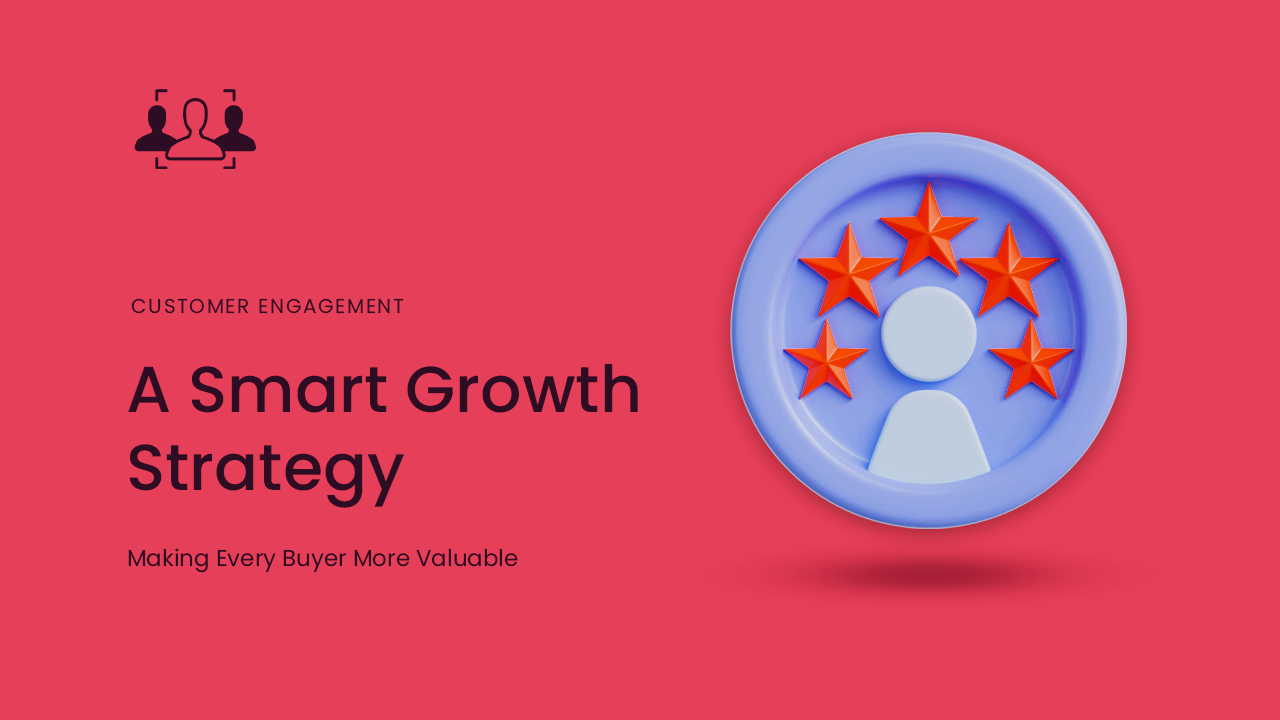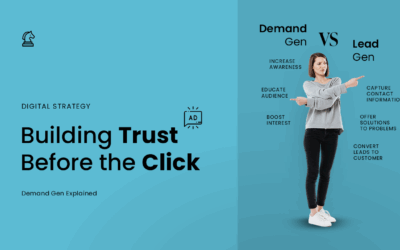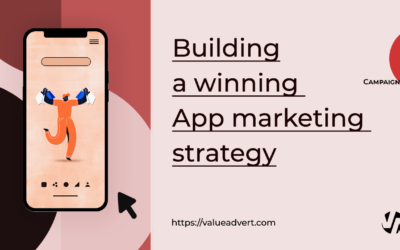What's on this page:
Rethinking Growth in the Digital Age
Why Volume-Driven Sales Are Not Enough Anymore.
In today’s marketplace, chasing one-time purchases won’t keep your business growing. Rising competition, increasing acquisition costs, and cautious customers have shifted the marketing playbook. The answer? A smarter strategy that focuses on Customer Lifetime Value (CLV).
CLV is more than a metric. It’s a marketing strategy that many marketers rely upon. The actual customer value tells you how much revenue you can expect from a single customer throughout their journey with your brand. If done right, it leads to smarter ad spending, better customer engagement/retention and stronger brand awareness.

Flipkart enhances customer value in India through a multi-faceted approach, including competitive pricing, strong customer support, personalised experiences, and innovative promotions. They also focus on expanding their logistics network to reach even more customers and improve delivery times, particularly in rural areas.
In today’s competitive landscape, real growth doesn’t come from more clicks—it comes from more engagement. At ValueAdvert, we focus on strategies that turn first-time buyers into lifelong customers. CLV isn’t just a number for us—it’s how we build brands that last. — E-commerce Business, ValueAdvert
The CLV Code – Understanding the real value behind each customer
Customer Lifetime Value takes into account three main factors: how often customers buy, how much they spend, and how long they stay with your brand. The result? You start focusing not on quantity, but on quality.
If the 80/20 rule applies to your business, then 80% of your revenue likely comes from just 20% of your customers. Identifying and nurturing this 20% can give you a serious edge. You don’t need thousands of customers. You need the right ones.
Think of CLV like a treasure map. It shows you which customers are worth more attention, which marketing channels work best, and how to keep your budget laser-focused.
Start with First-Party Data, Your best insights come from your own audience
First-party data is pure gold. It’s collected directly from your website, social media, app, or CRM tools. And it’s the backbone of any winning CLV strategy.
At ValueAdvert, we dig deep into client data to find patterns. For the women’s accessory brand, we looked at purchasing trends, browsing behaviour, and social media interactions. We discovered a segment of young urban women buying every 6-8 weeks and responding well to Instagram trends. Other notable buying behaviour, like seasonal purchases, purchases during special offers or actions taken on the web store, were also part of the segments we nurture and keep developing,
We then built ideal customer profiles and used them to fine-tune paid campaigns. The result? Better customer engagement and a 35% reduction in customer acquisition cost (CAC). Now, our discussions with clients are more about different product strategies and new launches to cater to each segment.
Build Your VIP List, Why You Should Prioritise the Right People
You don’t want just any customer. You want high-value ones. That’s where building a VIP list comes in. By using tools like GA4 and Meta custom audiences, you can create segments of your best customers.
Types of segments you can create in Google Analytics
User segments are subsets of users engaged with your site or app, such as those who have purchased or added items to their carts without completing a purchase.
Event segments are subsets of triggered events on your site or app, such as all purchase events in a specific location or app_exception events on a particular operating system.
Session segments are subsets of the sessions that occurred on your site or app: For example, all the sessions that originated from a particular advertising campaign.
Difference between user, session, and event segments
To illustrate the differences between the 3 segment types, consider this scenario: A user visits your site on day one, browses products, but makes no purchase. On day 2, the same user returns and buys a product. If your query date range includes today and yesterday:
A user segment for users with a purchase event returns all activities from yesterday and today.
A session segment for sessions with a purchase event returns only today’s session activities, where the purchase happened.
An event segment for purchase events returns only the single event when the user bought the product.
Then, with Customer Match and AI tools, you can find new people resembling your top buyers. This method increases conversions while keeping your cost per lead manageable.
Our women’s footwear brand used this strategy to grow their customer base by 40%, but with a twist: these new customers spent 1.8x more on average than their predecessors.
Optimise for Repeat Purchases: Don’t Just Sell. Start Building Habits.
It’s cheaper to keep a customer than to find a new one. That’s where repeat purchases become key. We helped our client use CRM automations, social media marketing, and targeted ads to keep customers engaged.
We also found that app users purchased 3x more than regular site visitors. So we nudged customers toward app downloads using Google’s Web to App Connect. Push notifications then drove reminders, restocks, and deals based on behaviour.
This constant cycle of engagement helped the brand stay top-of-mind and increased monthly repeat sales by 48%.
Don’t Ignore Lapsed Customers: Re-Engagement Campaigns That Actually Work
Not all is lost when a customer stops engaging. With the right strategy, you can win them back. Using Google’s Performance Max with win-back modes, we ran retargeting campaigns focused on lapsed buyers.
We combined smart copy with personalised offers, sent across Instagram and email. Within weeks, over 22% of lapsed customers made a new purchase. For e-commerce brands, this kind of reactivation can drive huge ROI with minimal spend.
Technology + Strategy = Results; Why AI and Human Creativity Work Best Together
Modern marketing tools are powered by AI. But the results come from how creatively you use them. At ValueAdvert, we combine AI with real brand insight.
For example, we used Performance Max in high-value mode to find lookalike customers. We aligned campaign goals with long-term value, not just clicks. Meanwhile, Instagram stories were tailored to trending hashtags and real-time feedback.
This dual approach — automated efficiency and human-led strategy — created a cycle of predictable growth and real customer loyalty.
Take the Long View; Sustainable Growth Beats Short-Term Wins
Short-term campaigns might spike sales. But long-term strategies build real businesses. By focusing on CLV, you build brand awareness, customer engagement, and future-proof marketing.
Your next step? Stop thinking about “more” and start focusing on “meaningful.” Target fewer, better customers. Keep them happy. And watch them become your most powerful marketing engine.
With ValueAdvert, it’s not just about the next click. It’s about building brands that stand the test of time.





0 Comments